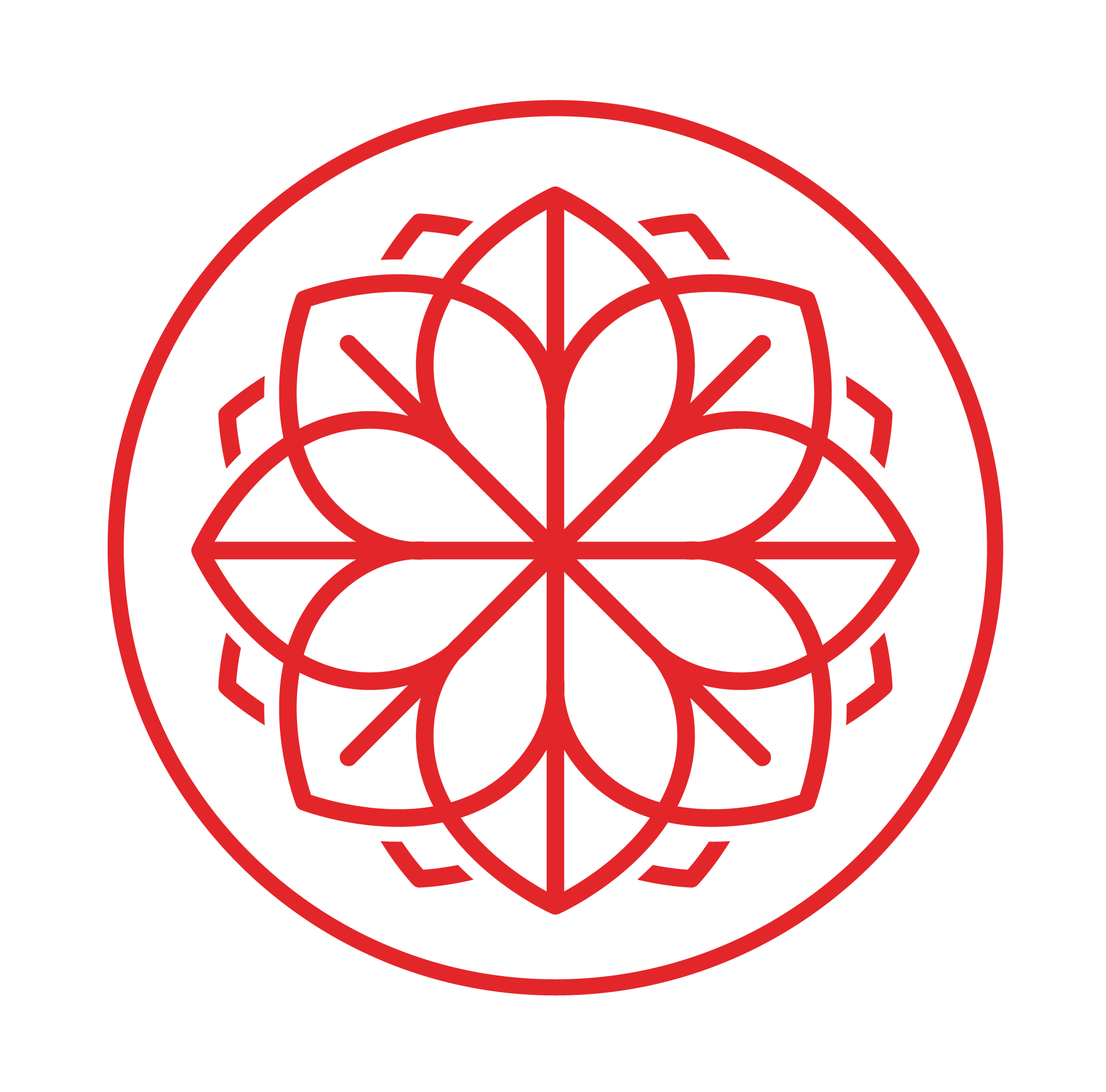Ling Zhi: Reishi Mushrooms
Reishi mushrooms, also known as the mushroom of immortality, are an edible fungus that has been used and revered in Chinese Medicine for over 2,000 years. Studies have been conducted in Japan, China, the US, and the UK revealing that Reishi mushrooms offer potent protection against numerous diseases and illnesses, and are often the first line of defense against auto-immune diseases like cancer and AIDS. The adaptogenic properties mean that they respond to what your body needs most, and can be taken daily. Reishi can be enjoyed with coffee using the recipe below, added to a smoothie, enjoyed as a tea or soup, or flavorless in a capsule.
Medicinal Benefits
Calms Shen, tonifies Wei Qi, and blood, nourishes the Heart, supports Shen, removes toxicity, disperses accumulations, immune boosting, anti-inflammatory, antioxidant, diuretic, laxative, sedative, anti-allergic. Reishi can be taken orally as a tincture, in capsules, or powdered. Bitter and tough, this mushroom is not recommended as a side dish, and the boiling of the fruit is necessary to activate the healing properties.
● Rich in polysaccharides and triterpenes, which promotes autophagy, or cellular eating.
● Anti aging properties that work from within to reduce dermal oxidation, keeping the skin young and wrinkle free
● Adaptogenic- helps reduce negative side effects of stress, like inflammation, low energy levels, and hormone imbalances
● Physical and cognitive reversal of aging
● Treats insomnia, reduces anxiety, calms restlessness, promotes emotional and spiritual well being, lowers blood pressure, relieves nausea, treats allergies, asthma, tumors, cold sores, diabetes, and cancer, protects against viruses, bacteria, and parasites
● Regulate various cellular functions and systems, such as the endocrine, immune, cardiovascular, central nervous, and digestive systems.
● Helps with weight control by altering the ratios of bacteria in the gut, reducing inflammation and slowing the growth of fatty tissue
● Achieves hormone balance due to specific triterpene compounds. A well functioning endocrine system reduces stress and relaxes the body so other systems can function their best too.
Folklore
Reishi mushrooms were first discovered around 396 BC in the Changbai Mountains of Ancient China, but are also native to tropical and temperate climates of Asia, the United States, and Europe. The first written record of Reishi’s health benefits dates back to the Han Dynasty (206 BC to AD 220), and Shennong, who wrote the original textbook on Traditional Chinese Medicine, ranked them highest among the top 365 plants and fungi. They were favored by Chinese emperors for their anti-aging effects, and quickly gained popularity as a tool to achieve immortality. Traditional Chinese Medicine practitioners throughout history have enjoyed the benefits of Reishi by drying and boiling slices in water to enjoy as a tea or soup. Modern processing has evolved a technique of boiling so that the active ingredient can be turned into a tincture or powder.
This mushroom belongs to a genus of mushrooms called Ganoderma, the Greek and Latin word for brightness or sheen, in reference to the mushroom’s shiny, plastic-like fruiting body. Reishi is the Japanese word, and the Chinese call them Ling Zhi, meaning mushroom of immortality. Ling means spirit, soul, sacred, or divine, and Zhi means plant of longevity, fungus, mushroom, or seed. These mushrooms grow mostly on dead or dying Eastern Hemlock trees, and are becoming increasingly rare. They range in color from reddish orange to purple to black, with the red mushrooms being the most desirable for consumption. Their coloration and shiny, plastic-like appearance gained them another nickname, “the varnished conk”, with conk referring to the fruiting body of other types of fungus.
The adaptogenic properties of Reishi when mixed with coffee lessen the negative effects, like the jitters, that coffee can have on the body, while also supporting your hormonal and digestive systems. The effects are longer lasting and more sustainable than the quick hit that coffee typically provides.
Reishi Cappuccino
½ cup hot coffee
1 teaspoon coconut butter
½ teaspoon reishi extract
½ cup rice or nut milk
Unsweetened cocoa powder (optional)
Coconut palm sugar (optional)
Add coconut butter and Reishi extract to hot coffee and stir. In a saucepan, warm the milk until hot and whisk until frothy. Pour the warm, foamy milk over your coffee and sweeten to taste.
Whether you are experiencing negative effects of stress, need your hormones balanced, or are fighting off a cold, Reishi mushrooms are a powerfully nutritious supplementation to your diet. Whether added to a smoothie, stirred into coffee, or taken in a capsule, this mushroom will help
balance your body mentally, physically, emotionally, and spiritually.
Resources
● https://www.traditionalmedicinals.com/blogs/ppj/reishi-101srsltid=AfmBOorymASMkyv_1HkyvlSegVA8lvK-ioA1gkamvSzw23LHrzohd18y
● https://www.whiterabbitinstituteofhealing.com/herbs/reishi/
● https://animamundiherbals.com/blogs/blog/the-incredible-reishi-the-mushroom-of-immortality?srsltid=AfmBOoqkyxOGf9KPegA-Gvm_GLJ7V3I3NzFdDk4V0IOgL0OH_OkI1qIY
● https://www.webmd.com/diet/health-benefits-reishi-mushrooms
● Healing Mushrooms: A Practical and CUlinary Guide to using Mushrooms for Whole Body Health, Tero Isokauppila

